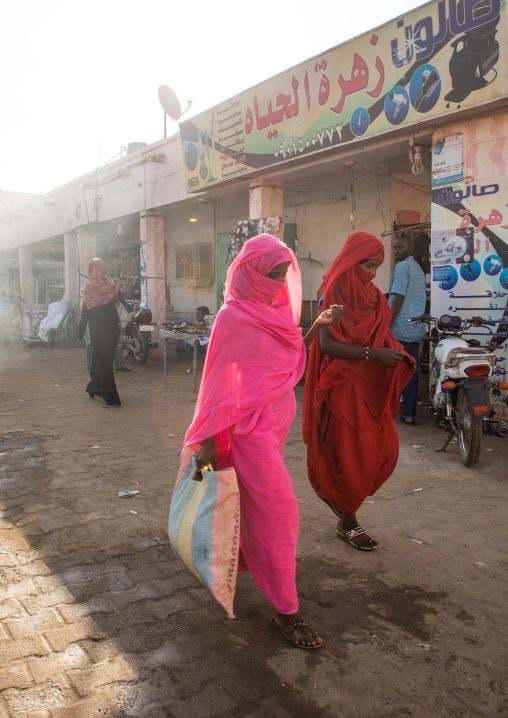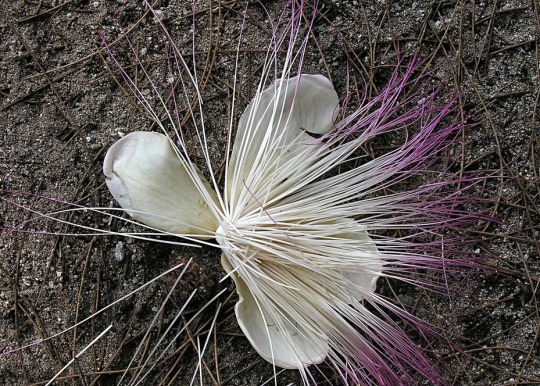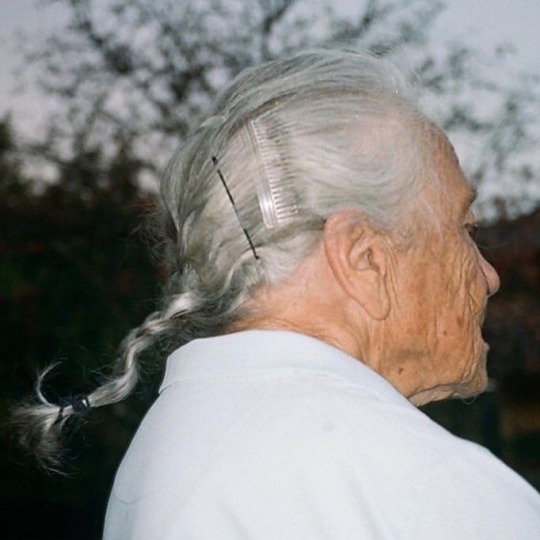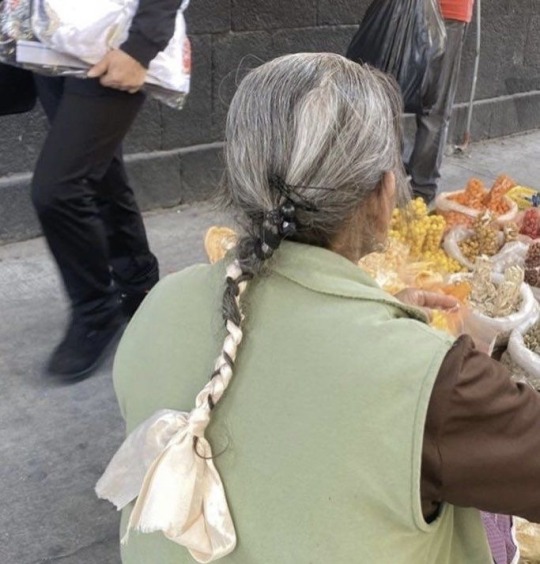Text

Rural villagers comb, spin, reel and loom cotton. Photo by Howard Sochurek taken from Life World Library: India
12 notes
·
View notes
Text
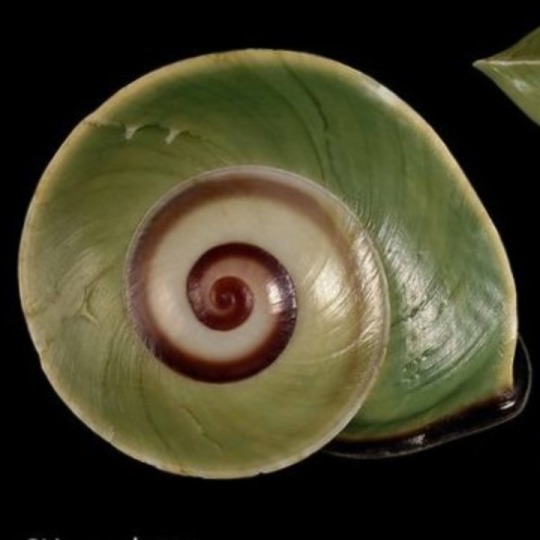
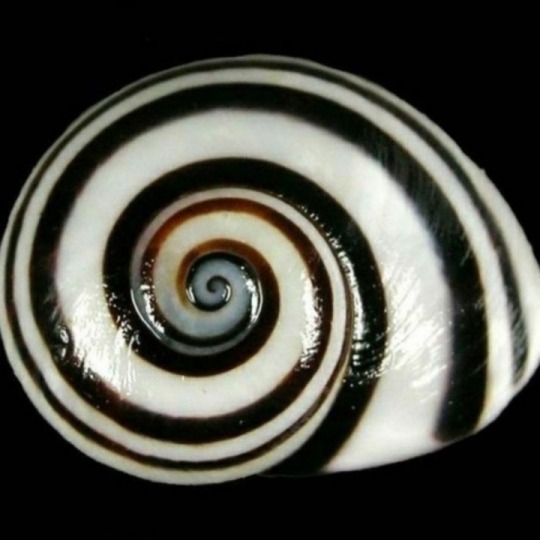




๑ï Snail Shell Specimens : : Photos via : : Pinterest & Flickr
6K notes
·
View notes
Text

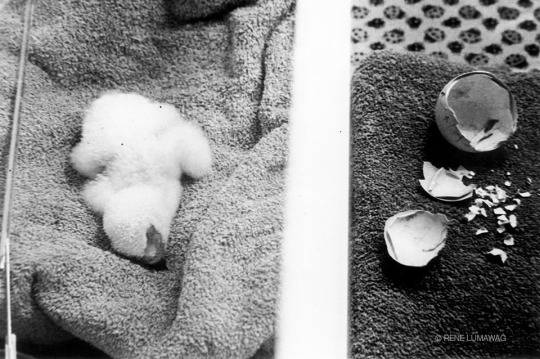
Pag-asa, the famed Philippine eagle, as an eaglet.
He was born on January 15, 1992 and died on January 6, 2021 just before turning 29 years old. He has had only one offspring, a daughter named Mabuhay, who was born on February 9, 2013.
1K notes
·
View notes
Text

This is a Flame Lily, the national flower of Zimbabwe
4K notes
·
View notes
Text
Badeshi: Only three people speak this 'extinct' language
By Zafar Syed, February 2018
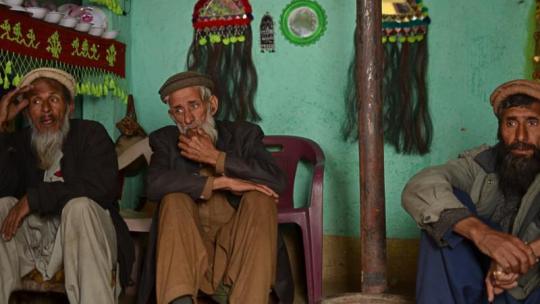
Would you like to learn a few words of a language only three people in the world speak?
Badeshi used to be spoken widely in a remote snow-clad valley, deep in the mountains of northern Pakistan.
But it is now considered extinct.
Ethnologue, which lists all of the world's languages, says it has had no known speakers for three or more generations.
But in the Bishigram Valley, we found three old men who can still speak in Badeshi (you can hear them in the video at the link).
"A generation ago, Badeshi was spoken in the entire village", says Rahim Gul. He doesn't know how old he is, but looks over 70.
"But then we brought women from other villages [for marriage] who spoke Torwali language. Their children spoke in their mother tongue, so our language started dying out."
Torwali is the dominant language in the area, which is itself under pressure from Pashto, but has pushed Badeshi to the brink in this valley.
"Now our children and their children speak Torwali," said Said Gul, Rahim Gul's first cousin. "So who should we speak our own language with?"
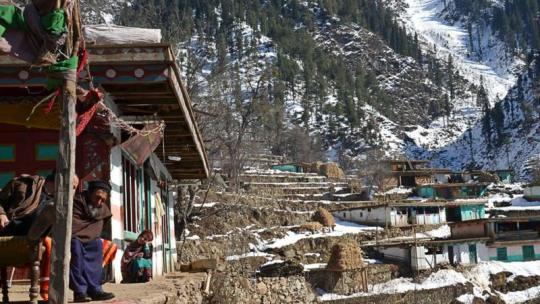
Said Gul also doesn't know his own age. When he said he was 40, somebody corrected him. "It's more like 80!" Said Gul quickly shot back, "No, may be 50, but not 80!"
There are no job opportunities in the area, so these men have spent a lot of time in touristy Swat District, where they have picked up the Pashto language, and that is mainly how they communicate.
Because of a lack of opportunities to use Badeshi, over the decades even these three men have started forgetting the language.
While they were talking in Badeshi, Rahim Gul and Said Gul regularly forgot a word or two, and could only remember after prodding from the others.
Rahim Gul has a son, who has five children of his own, but all of them speak Torwali.
"My mother was a Torwali speaker, so my parents didn't speak any Badeshi in the house. I didn't get a chance to pick it up in childhood. I know a few words, but don't know the language. All my children speak Torwali.
"I do regret it, but now that I'm 32 there is no chance I can learn Badeshi. I'm very sad at the prospect that this language will die out with my father."
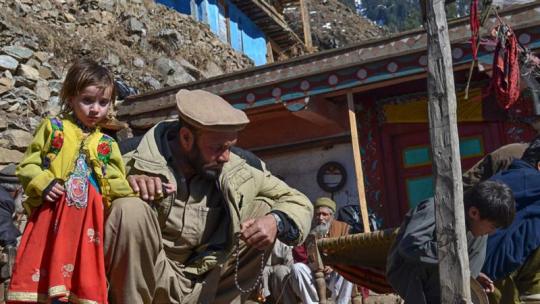
Sagar Zaman is a linguist affiliated with the Forum for Language Initiative, a non-governmental organisation dedicated to the promotion and preservation of endangered languages of Pakistan.
"I travelled to this valley three times, but the inhabitants were reluctant to speak this language in front of me," he says.
"Other linguists and I were able to collect a hundred or so words which suggested that this language belongs to Indo-Aryan sub family of languages."
Zaman Sagar says Torwali and Pashto speakers look down upon Badeshi, so there is a stigma attached to speaking it.
Perhaps it's too late to save Badeshi, but at the very least, you can learn a few words to keep the memory of the language alive:
Meen naao Rahim Gul thi - My name is Rahim Gul
Meen Badeshi jibe aasa - I speak Badeshi
Theen haal khale thi? - How do you do?
May grot khekti - I have eaten
Ishu kaale heem kam ikthi - There is not much snowfall this year
214 notes
·
View notes
Text

Rolf Hartung, (1960), Creative Play Series. 5 – Creative Textile Craft. Thread and Fabric, (back cover), Batsford, London, 1966
289 notes
·
View notes
Photo

Bottle, Metropolitan Museum of Art: Islamic Art
Gift of Henry G. Marquand, 1883 Metropolitan Museum of Art, New York, NY
Medium: Glass; mold blown, applied decoration
http://www.metmuseum.org/art/collection/search/443144
45 notes
·
View notes
Text

Lilac breasted roller, a bit disheveled before morning coffee.
12K notes
·
View notes
Photo




South Africa:
Vintage photographs of South Africans of Indian origin, c 1930s, Durban.
South Africans of Indian origin comprise a heterogeneous community distinguished by different origins, languages, and religious beliefs. The first Indians arrived during the Dutch colonial era, as slaves, in 1684. A conservative calculation based strictly on records shows over 16 300 slaves from the Indian subcontinent having been brought to the Cape. In the decades 1690 to 1725 over 80% of the slaves were Indians. This practice continued until the end of slavery in 1838. They made up the majority of slaves that came from the Far East and were by the 1880s totally integrated into the Cape White and Coloured communities.
In the second half if the 19th Century, Indians came to South Africa in two categories, namely as indentured workers in 1860 and later as ‘free’ or ‘passenger’ Indians. The former came as a result of a triangular pact among three governments, which stated that the indentured Indians were to work for the Natal colonial government on Natal’s sugar plantations. The ‘free’ Indians came to South Africa mainly as traders alert to new opportunities abroad. These ‘free Indians’ came at their own expense from India, Mauritius, and other places. However, emigration was stopped in 1914. Read more.
Photos by Melville Chater
865 notes
·
View notes
Photo








Nature as a metaphorical device against feudalism in Elippathayam (1981).
1K notes
·
View notes
Photo










തേങ്ങ Thenga (Coconut) (x)
From cooking to grooming to lighting the thenga is an essential part of Kerala’s culture.
326 notes
·
View notes
Text

Glass snake-thread flask shaped like a mouse
Roman
3rd century CE
On view at The Met Fifth Avenue in Gallery 169
115 notes
·
View notes
